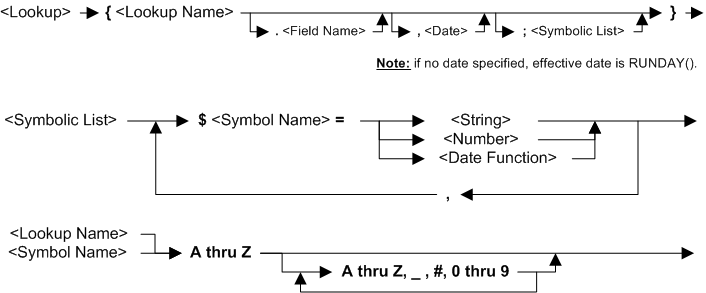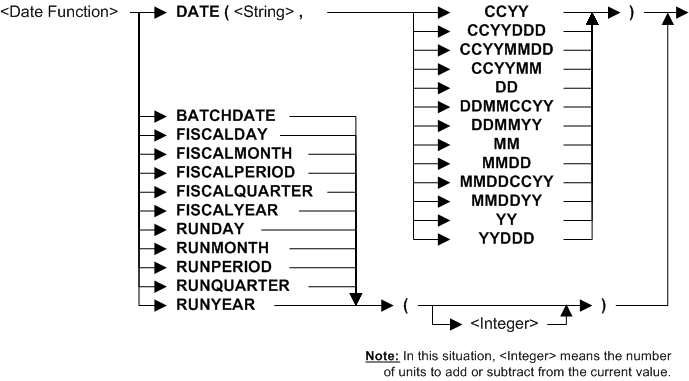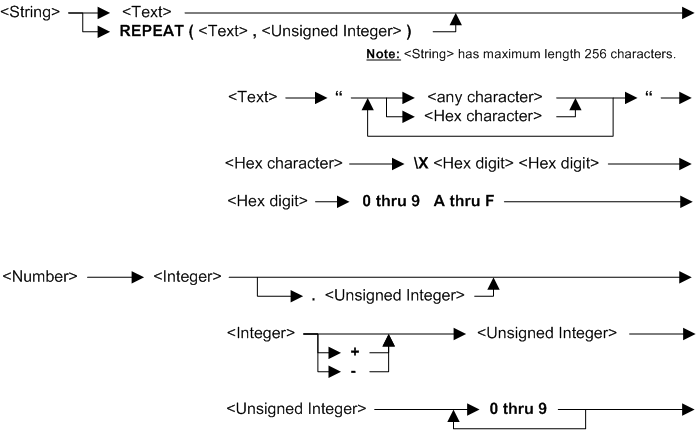Function ISNULL
TABLE OF CONTENTS
- How do I use ISNULL?
- Syntax
- Rules for the syntax
- Examples: ISNULL function in ERF
- Examples: ISNULL function in ECL
How do I use ISNULL?
The ISNULL function checks the specified field for null values. If it is all null values, then ISNULL returns true. If it is not all null values, ISNULL returns false.
The field can be a source field or a field from a lookup.
ISNULL can only be used in Extract Record Filter (ERF) and Extract Column Logic (ECL) text.

Syntax





Rules for the syntax
ISNULL can only be used in Extract Record Filter (ERF) and Extract Column Logic (ECL) text.
If this functions checks a lookup, and no effective date is specified, the lookup uses RUNDAY( ) - see topic: Syntax - function RUNDAY
See also topic: Rules for all Logic Text
Examples: ISNULL function in ERF
| Example logic text | Meaning |
|---|---|
| IF ISNULL({field1}) THEN SKIP ENDIF |
Skip all input records where field1 contains null values, and select all other records. This example is the same as: SKIPIF(ISNULL({field1})) |
Examples: ISNULL function in ECL
| Example logic text | Meaning |
|---|---|
| IF ISNULL({field2}) THEN COLUMN = “EMPTY” ELSE COLUMN = {field2} ENDIF |
If field2 for the current record contains null values, then set the current column to “EMPTY”, otherwise set the current column to field2. |